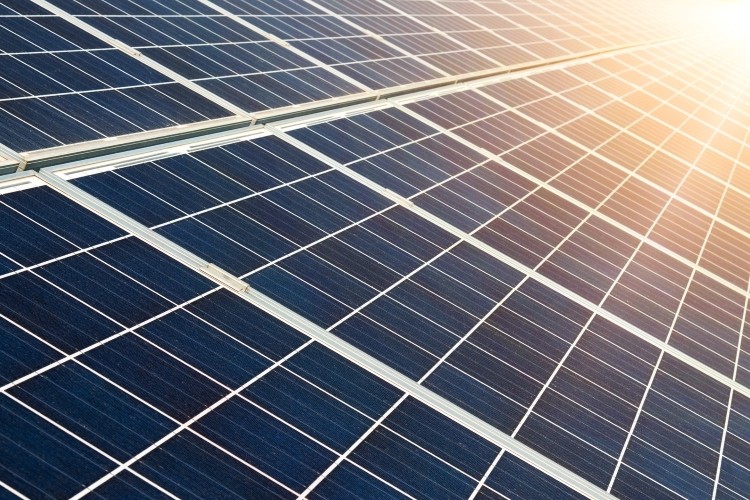Guest article
Sustainable manufacturing practices critical to dairy and dairy-free sectors

A vast and ever-growing array of food and drink in supermarkets means it has never been easier for health and environmentally-conscious shoppers to cut out, or at least reduce, their intake of animal products.
Demand for dairy alternatives has rocketed and is showing no sign of slowing down any time soon. Clearly more than a passing fad, manufacturers are now looking to the future, either by retrofitting existing facilities or developing new ones to meet changing consumer tastes.
Alpro, for instance, has invested millions of pounds in upgrades at its factories to increase its capabilities, while Oatly’s new Peterborough factory in the UK will produce 300m liters of oat drink per year at launch, with capacity to produce 450m liters.
Sustainability is non-negotiable for any manufacturer embarking on a major CapEx project today. Far from being a tick-box exercise or ‘nice-to-have’, a facility that supports sustainable production processes not only gives companies a commercial advantage, especially in a market where green credentials go a long way, it is a licence to operate.
Consumers are increasingly questioning whether dairy and dairy alternatives are sustainable, and it’s not just the raw materials that are under scrutiny but production processes and supply chains too.
Manufacturers of plant-based products might have a head start over their counterparts in the dairy industry, given the legacy manufacturing processes and supply chains, without mentioning that cows are of course one of the biggest producers of methane.
But that doesn’t mean there aren’t challenges to overcome when developing a new site.
There’s no getting away from the fact that the factories – whether producing dairy or dairy free products – can be energy intensive. A reliance on fossil fuels will hamper any net zero efforts, so designing a factory capable of generating its own power is an obvious solution.
Fitting solar panels to the roof of a new or existing factory could provide a significant proportion of the power required and be more cost-effective. Harnessing the energy generated during production with heat pumps and then re-using it could also reduce the environmental impact.
While renewables are a viable option for companies, it is far better to reduce energy consumption in the first place. Scheduling production and refining manufacturing processes ensures that machines are running as efficiently as possible and keeps waste to a minimum.
One way is to schedule production so machines are running as efficiently as possible and making continuous improvements in manufacturing processes. Where feasible, it’s also important to recycle waste products, such as the pulp from oat milk
The location of a factory is a key consideration during the design process and while ease of distribution has always been a priority for manufacturers, many are considering how they can reduce their road miles for environmental reasons.
With dairy-free brands doubling down on their sustainability plans, traditional dairy manufacturers will need to keep pace if they want to avoid losing any more market share.
Consumers are questioning whether dairy is sustainable, and the plant-based lobby is growing in influence. Millennials and Gen-Z are most likely to follow vegan or plant-based diets and their collective purchasing power could lead to a huge swing from dairy to dairy free in the coming years.
Without investment in long-term sustainability strategies, the dairy industry could find itself at the mercy of rising energy prices, or be forced to change practices to comply with new legislation. Already, it has faced rising costs mainly due to the price of gas and labor. Ethical considerations notwithstanding, consumers faced with the rising price of dairy could simply make the switch to plant-based versions based on cost.
It’s now only a matter of time before carbon neutral plants in both the dairy and dairy-free industry become a reality. As public sentiment about climate change grows stronger, there’s a real incentive for food and drink manufacturers to make this their ambition when planning a new site, since it will enable them to future-proof their operations and scale up successfully.
The food and drink industry, like every other, has to play its part in mitigating the impact of climate change, and manufacturers are making great strides. Sustainable and transparent practices are becoming a minimum requirement – a licence to operate – and producers cannot afford to cut corners.
What’s clear too is that sustainability is not at odds with commercial goals. Indeed, strategic investment in plants and processes can deliver strong returns in the form of reduced energy consumption and waste, and more market share.
Rolf Pedersen is expertise director – dairy, at engineering consultancy NIRAS.




